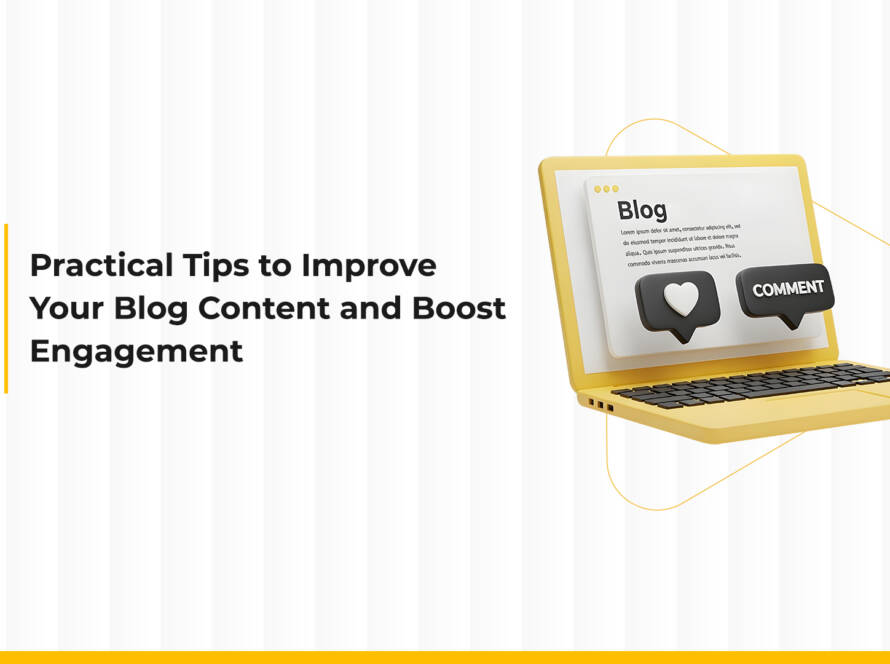Website Speed Optimization: A Smart Move to Satisfy Users and Improve SEO Without Wasting Costs
In an era where users won’t tolerate delays, website speed has become one of the most important factors in the success of any digital project. Whether you run an online store, a blog, a company website, or even a simple landing page, improving your site speed is no longer optional—it’s a critical element that impacts customer satisfaction, user experience, and overall site performance.
The good news? Many speed optimizations can be done without large budgets or expensive tools. In this article, we’ll explore the most effective ways to improve website performance and speed, focusing on low-cost solutions and maximizing free or easily accessible tools.
Why Website Speed Deserves All This Attention
Let’s start with the big question: why is website speed so important?
- Users don’t wait: according to Google statistics, 53% of mobile site visitors leave a page if it takes more than 3 seconds to load. In a highly competitive environment, every second of delay means missed opportunities.
- Better SEO rankings: Google has clearly stated that site performance is a ranking factor in search results. Faster websites earn higher positions, leading to more organic traffic.
- Better user experience = better results: fast websites build trust and efficiency. This translates into better engagement, more page views, and even higher purchase decisions.
- Lower technical costs: a fast site consumes fewer server resources, which lets you use cheaper hosting plans with better results.
Start With Speed Assessment: The Smart First Step
To begin improving speed, you need to first diagnose your current performance. These tools offer detailed and easy-to-understand reports:
- Google PageSpeed Insights: Evaluates both desktop and mobile versions with precise technical suggestions.
- GTmetrix: Displays full load time, number of requests, and total page size.
- WebPageTest: A powerful tool to analyze every element loaded on the page.
These tools help you identify the root issues: are they images? scripts? hosting?
Infrastructure-Level Speed Techniques
Use a CDN
A Content Delivery Network (CDN) is one of the most effective performance solutions. It distributes your content through servers closer to the user’s location. Benefits include:
- Faster load times regardless of location.
- Reduced load on the main server.
- Improved protection against DDoS attacks.
Popular CDN providers: Cloudflare (great free plan), BunnyCDN, StackPath.
Choose the Right Hosting
Bad hosting can ruin all your optimization efforts. Don’t always go for the cheapest—look for:
- Fast Time To First Byte (TTFB).
- SSD storage.
- Reliable and quick technical support.
- Easy plan upgrades when needed.
On-Site Speed Optimizations
Compress and Optimize Images
Uncompressed images can account for over 60% of page size. Don’t waste bandwidth—use tools like:
- TinyPNG
- ImageOptim
- Squoosh
Also, use modern formats like WebP, which provide high quality at smaller file sizes than JPEG.
Reduce HTTP Requests
- Combine CSS and JS files to reduce the number of requests.
- Load unnecessary files only when needed (e.g. via conditional loading).
- Remove unused plugins and scripts.
Enable Caching
Caching allows returning visitors to load your site much faster by storing static files locally.
Use plugins like:
- W3 Total Cache
- WP Rocket
- LiteSpeed Cache (if supported by your host)
These plugins offer full caching control and significantly boost performance.
Clean Code and Optimized Structure
Minify CSS and JS
Use tools like:
- MinifyCSS
- Terser
- Webpack or Gulp for automated file minification during development.
Implement Lazy Load
Lazy loading delays loading of images and videos until they are needed (i.e. when they appear in the user’s viewport). This:
- Speeds up initial page load time.
- Improves performance for both users and search engines.
User Experience: The Deciding Factor
Even if your site is fast, a bad experience means lost visitors. Here’s how to enhance UX without additional cost:
- Simple, organized design: Avoid unnecessary animations and excessive colors.
- Easy navigation: Clear menus and logical internal links.
- Mobile responsiveness: Ensure smooth performance on mobile devices.
- Clear messaging: Let users quickly understand what your site does and what you want from them.
Track and Monitor Performance Continuously
Performance optimization isn’t a one-time fix. Monitor regularly using:
- Google Analytics
- Google Search Console
Track:
- Bounce rates.
- Session duration.
- Load times for top-visited pages.
- Mobile performance.
Quick Extra Steps to Improve Speed (Free of Charge)
- Enable GZIP compression via your server settings.
- Remove unnecessary external fonts.
- Avoid autoplay videos.
- Use AMP (Accelerated Mobile Pages) for faster loading of articles and blogs.
- Choose lightweight WordPress themes like Astra or GeneratePress.
Real Benefits of Site Speed Optimization
- Increased customer satisfaction: Faster experiences = more trust and engagement.
- Improved SEO: Search algorithms now strongly consider performance.
- Higher conversion rates: Every extra second of delay lowers the chance of purchase or sign-up.
- Stronger digital reputation: Fast sites leave a professional first impression.
Improving website speed doesn’t require a huge budget—it requires technical awareness and smart, practical implementation. From using CDNs to compressing images and cleaning up code, there are dozens of free tools and techniques that deliver big results with little cost.
Focusing on performance optimization is a long-term investment in your digital success. It improves user experience, enhances SEO rankings, and builds a professional site that reflects the true value of your business—from the very first second a user visits.





